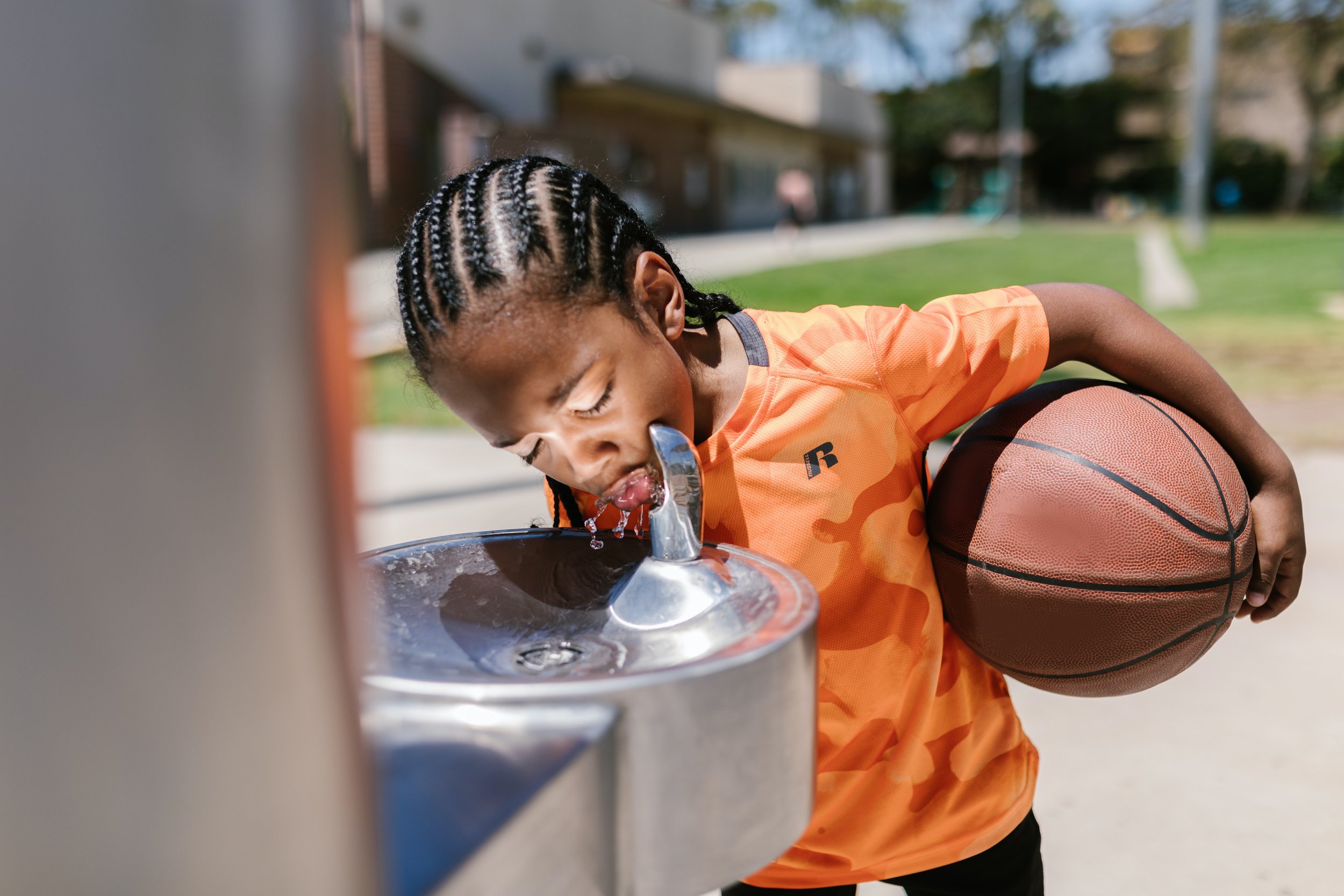Governor Hochul signs bill to ban dangerous and unnecessary uses of neonic pesticides into law!
Scientists have documented a global decline in honeybee populations since 2006. Massive bee die-off events and colony collapse disorder are putting our ecosystem and food production at risk. This rise in bee deaths has been largely linked to the explosive growth in the use of harmful neonicotinoid (A.K.A. “neonics”) pesticides. Not only do neonics threaten bee populations, but they are also very pervasive in soil and drinking water sources. To protect our pollinators, food production, and environment, New York has restricted the use of toxic neonics.
New York Bans Dangerous and Unnecessary Uses of Neonics
Corn, soy, and wheat treated seeds account for an estimated 73% of all neonics used in New York, while lawn, garden, ornamental, and turf (aka cosmetic) uses make up an additional 15%. A 2020 report by Cornell University found that neonic treated corn, soy, and wheat seeds provide "no overall net income benefits" to farmers yet pose significant risk to bees and other pollinators. Likewise, cosmetic uses pose some of the highest risk to pollinators but are easily replaced with safer alternatives.
The Birds and Bees Protection Act (S.1856A/A.7640) bans the most dangerous and unnecessary uses of neonics in NY. This will eliminate at least 85% - 90% of all neonics used in New York, helping to protect water quality and ensure we are not poisoning birds, bees, and other pollinators. The European Union and parts of Canada have already banned many uses of neonics, and now New York has acted with nation-leading legislation. In June, the NYS Legislature passed the Birds and Bees Protection Act, and Governor Hochul signed the bill into law on December 22, 2023. The ban on neonic treated corn, soybean, and wheat seeds takes effect on January 1, 2029 and the ban on ornamental uses takes effect on July 1, 2027.
Background
What are Neonicotinoids?
Neonicotinoids (A.K.A. “neonics”) are pesticides that attack the nervous system of insects. These pesticides are typically added to seeds of plants, such as corn, wheat, and soybeans. These chemicals persist and spread as the plant grows, making the entire plant toxic to bees and other pollinators. Neonics are also used for cosmetic purposes, including lawn and ornamental uses. Despite the adverse impacts of neonics, they remain as the world’s most widely used insecticide.
Why Pollinators Matter
Pollinators, such as honeybees, beetles, butterflies, moths, and hummingbirds, are indispensable components of our food web. Globally, animal and insect pollinators contribute to up to 35% of all food production, with 87 of the leading 115 crops dependent on these key pollinators. In New York, pollinators provide an estimated $440 million in pollination services annually and are essential to key state crops like apples, blueberries, cherries, squash and tomatoes. Without honeybees and other pollinators, we will experience smaller harvests and higher food prices for staple crops.
Pollinators Under Threat
Unfortunately, our pollinators are under threat from harmful neonics. Neonics have made U.S. agriculture 48-times more harmful to insects since they were introduced. The coating on just one neonic-coated seed has enough neonic active ingredient to kill a songbird or a quarter million bees.
Since 2006, beekeepers have been reporting abandoned beehives that are full of honey. This phenomenon of bees disappearing, known as colony collapse disorder, is linked directly to neonic use. For years, New York beekeepers have been reporting massive die-offs, with losses of over 45%.
Pesticides and Drinking Water
Pesticide contamination of New York’s waters is widespread, threatening our health and environment. A U.S. Fish and Wildlife study from 2018 found neonics in New York streams “in excess of toxicity and regulatory thresholds.” In 2016, extensive testing of New York surface waters by the U.S. Geological Survey (USGS) found the neonic imidacloprid in nearly 40% of samples. That same year, USGS monitoring found imidacloprid to be one of the most frequently detected pesticides in the Long Island aquifer.
Thanks for taking action. Together we make a difference!
Sincerely,
Your friends at CCE









